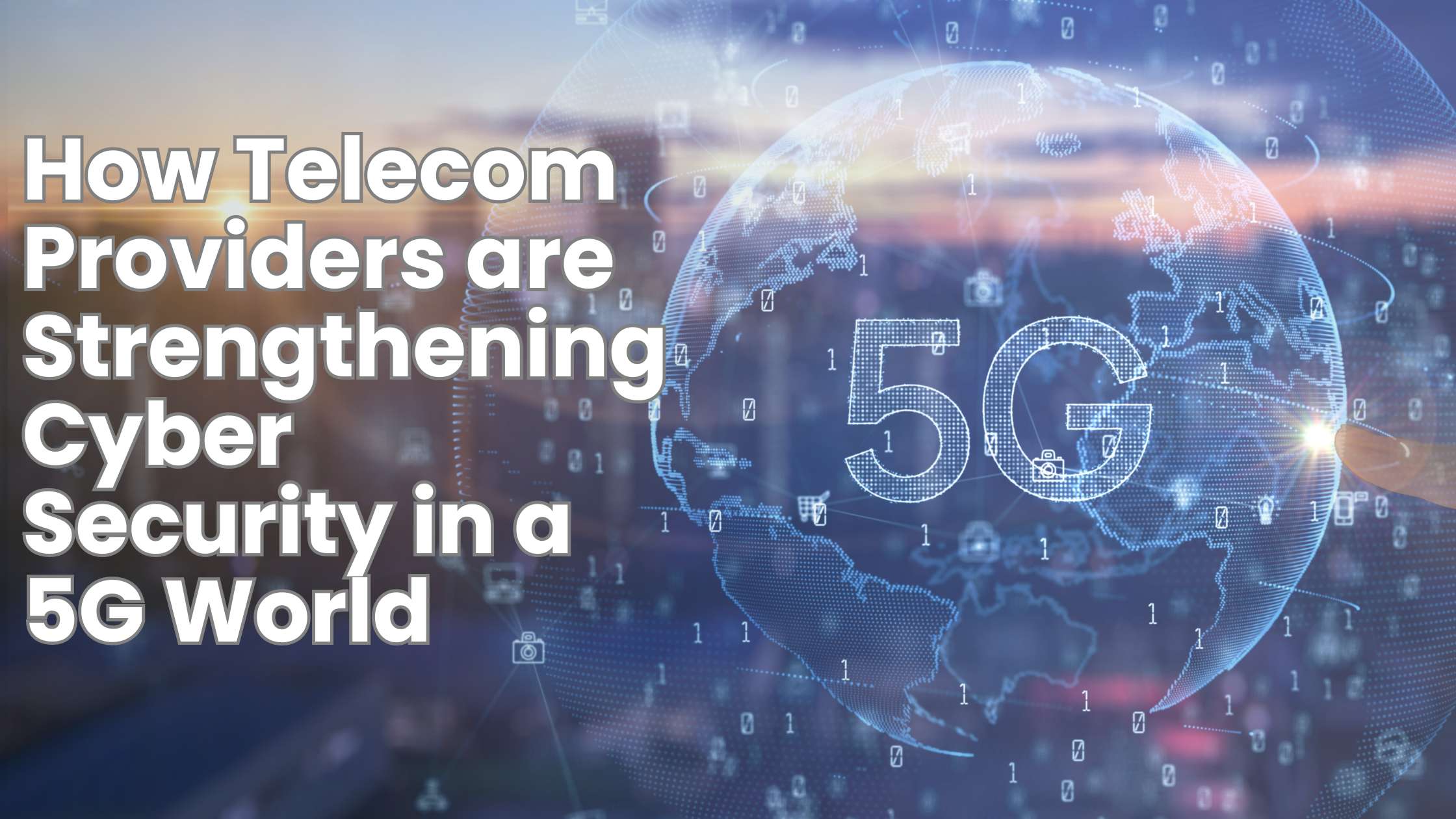The advent of 5G technology is revolutionizing the telecom industry, promising unprecedented speeds, reduced latency, and the potential to connect billions of devices globally. However, as 5G networks expand, so do the cyber security challenges that telecom providers must address. In this rapidly evolving landscape, telecom companies are taking proactive steps to fortify their networks against emerging threats, ensuring that the benefits of 5G can be fully realized without compromising security.
Understanding the Cyber Security Risks in a 5G Environment
A higher risk of cyber threats comes with the increased speed and connectivity of 5G networks. The sheer volume of connected devices, from smartphones to IoT gadgets, creates numerous entry points for potential attacks. Additionally, the complexity of 5G architecture, which relies on virtualization and cloud computing, introduces new vulnerabilities that malicious actors could exploit.
To combat these risks, telecom providers are implementing robust cyber security measures, focusing on network security, data protection, and compliance with international standards like the FCC certification process and the Process of WPC registration in India.
Strengthening Network Security: The Foundation of 5G Protection
One of the primary strategies telecom providers employ is reinforcing network security. This involves the integration of advanced encryption protocols, firewalls, and intrusion detection systems that can identify and neutralize threats in real-time.
Telecom providers are also leveraging artificial intelligence (AI) and machine learning (ML) to detect unusual patterns in network traffic that may indicate a cyber attack. These technologies enable telecom companies to respond swiftly to potential threats, minimizing the impact on users and ensuring uninterrupted service.
Furthermore, securing the supply chain has become a top priority. Providers are working closely with equipment manufacturers to ensure that the hardware and software used in 5G networks meet stringent security standards. This includes compliance with the FCC certification process, which verifies that telecom equipment adheres to specific safety and security requirements before being deployed in the market.
Protecting User Data: A Critical Concern in the 5G Era
With the increased data transfer capabilities of 5G, protecting user data has become more critical than ever. Telecom providers are implementing end-to-end encryption to safeguard data as it travels across the network. This ensures that even if a breach occurs, the data remains inaccessible to unauthorized parties.
Telecom companies are using zero-trust designs in addition to encryption. The “never trust, always verify” tenet of this security paradigm states that no person or device, whether it be inside or outside the network, is trusted by default. Constant monitoring and verification aid in preventing unwanted access to private information.
Compliance with regional and international regulations is also a key aspect of data protection. For instance, in India, telecom providers must adhere to the WPC registration India requirements, which govern the use of wireless communication equipment. Ensuring compliance with these regulations helps protect users and maintain the integrity of the network.
Ensuring Regulatory Compliance: Meeting Global Standards
Regulatory compliance plays a crucial role in the cybersecurity strategies of telecom providers. As 5G networks continue to expand globally, telecom companies must navigate a complex landscape of regulations to ensure their networks remain secure and compliant.
In the United States, the FCC certification process is essential for telecom providers. This process involves rigorous testing of telecommunications equipment to ensure it meets the necessary safety, security, and performance standards. By obtaining FCC certification, telecom providers can demonstrate their commitment to maintaining a secure and reliable network.
Similarly, in India, telecom providers must undergo WPC registration for the use of wireless equipment. This registration process is overseen by the Wireless Planning and Coordination (WPC) Wing, which is responsible for regulating the use of radio frequencies. Compliance with WPC registration ensures that telecom providers operate within the legal framework and contribute to the overall security of the nation’s telecommunications infrastructure.
Moreover, providers offering services like Unified License Virtual Network Operator (UL VNO) must ensure they have the necessary documents for UL VNO registration. This includes submitting the required technical and financial documentation to the regulatory authorities, which helps maintain a secure and well-regulated telecom environment.
The Path Forward: A Secure 5G Future
Cyber Security will continue to be a primary concern for telecom operators globally as 5G technology changes the telecom industry even further. Telecom businesses are establishing the foundation for a secure 5G future by putting in place strong network security measures, safeguarding user data, and making sure that they comply with international standards like the FCC certification procedure and WPC registration in India.
In this rapidly changing environment, staying ahead of cyber threats is essential. Telecom providers that invest in cutting-edge security technologies and maintain a strong regulatory compliance framework will be well-positioned to deliver the full benefits of 5G while safeguarding their networks and customers.
Conclusion
The transition to 5G presents both opportunities and challenges for the telecom industry. As the digital world becomes more interconnected, the importance of cybersecurity cannot be overstated. By focusing on strengthening network security, protecting user data, and adhering to rigorous regulatory standards, telecom providers are ensuring that the 5G era is not only fast and efficient but also secure and trustworthy.
You may also read: Recovery of Shares from iepf

